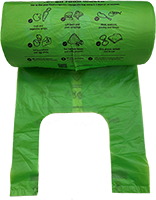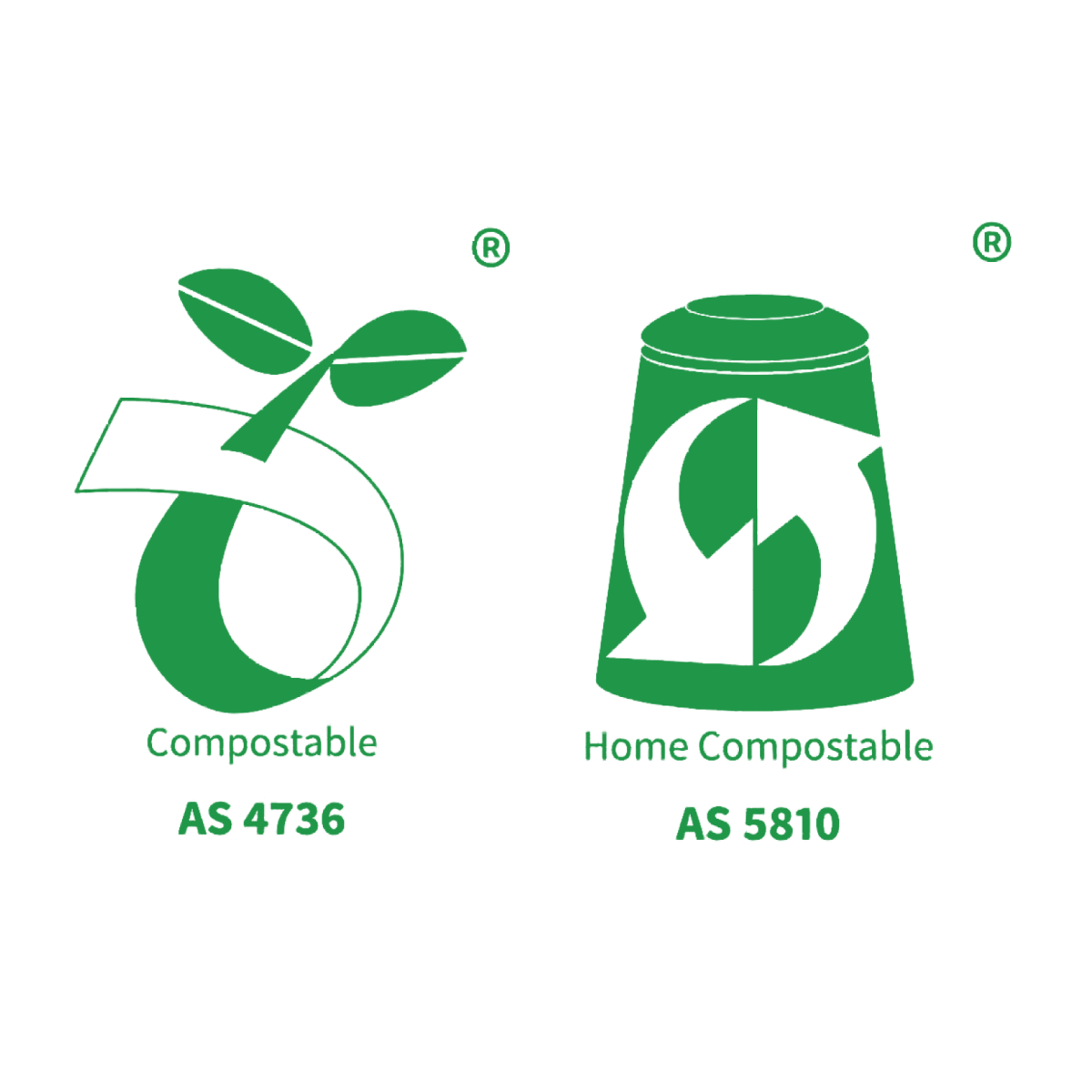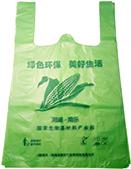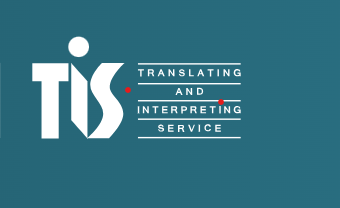Your food organics (FOGO) bin (lime-green lid) is used to recycle food waste, grass clippings, prunings, weeds, leaves and other garden waste.
FOGO liners will be available for collection from the Manningham Civic Centre and the Manningham Depot from 1 May 2024.
FOGO liners
From May this year each household with a residential waste service will be eligible for a free roll of compostable liners. Liners will be available from our Civic Centre or Council Depot. You will need to present your proof of residency (a rates notice or drivers licence) when collecting the liners.
FOGO liner contamination
Not all liners are the same, some compostable liners take longer (and require different conditions) to break down. Any liners that are not lime green, or don’t meet the required AS4736 standards will be considered contamination and may result in your FOGO bin not being emptied.
Although there are compostable liners available at our local supermarkets these cannot be used in our FOGO bins as they are not lime green and may be mistaken as contamination.
Yes
No






